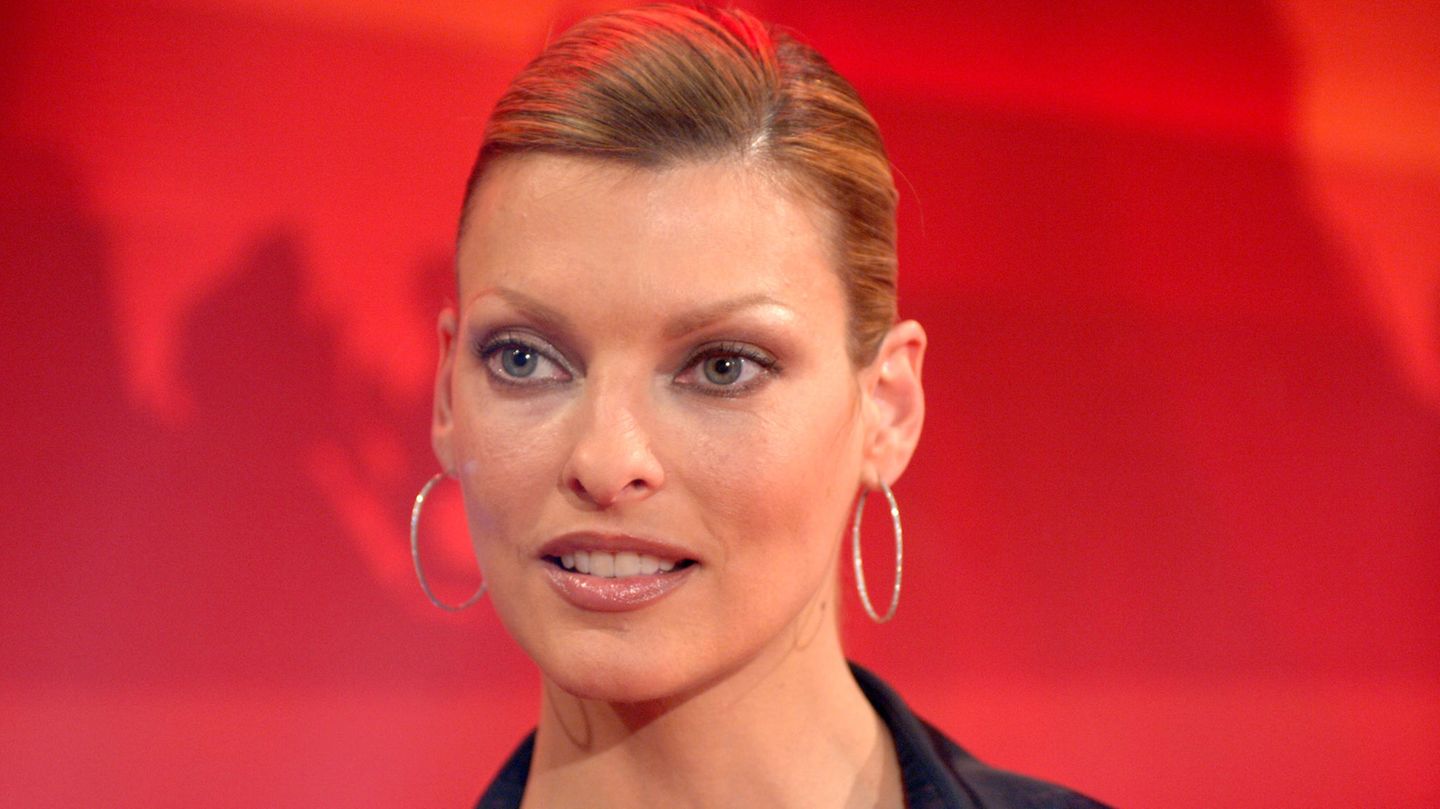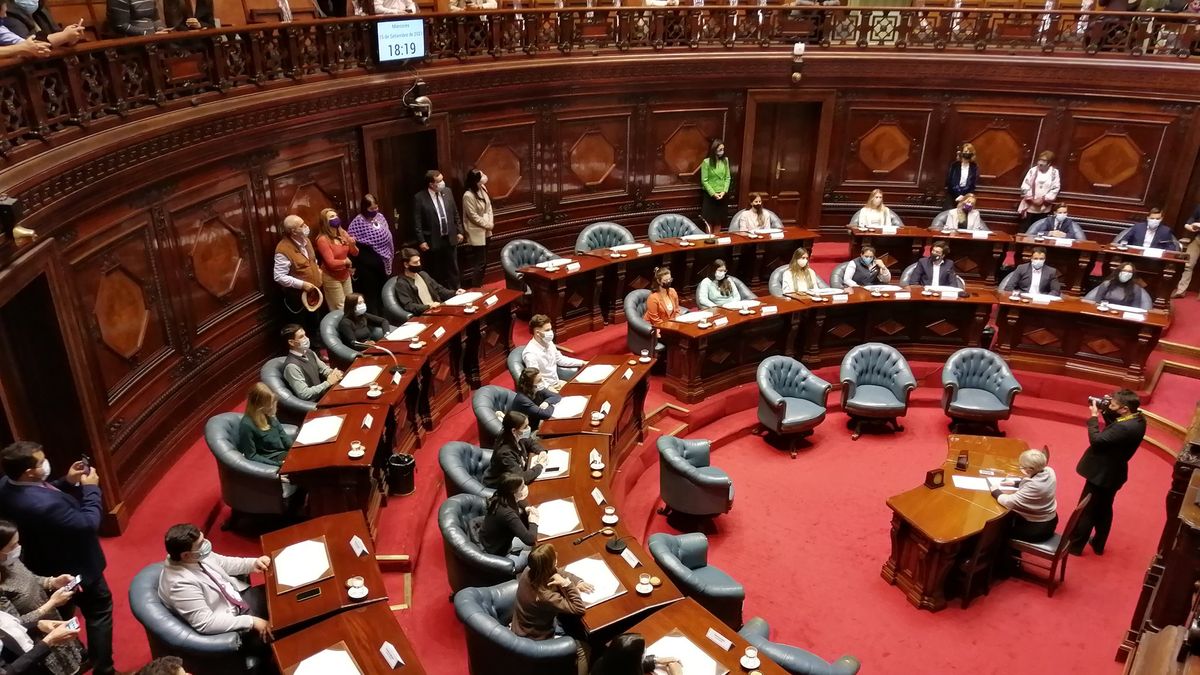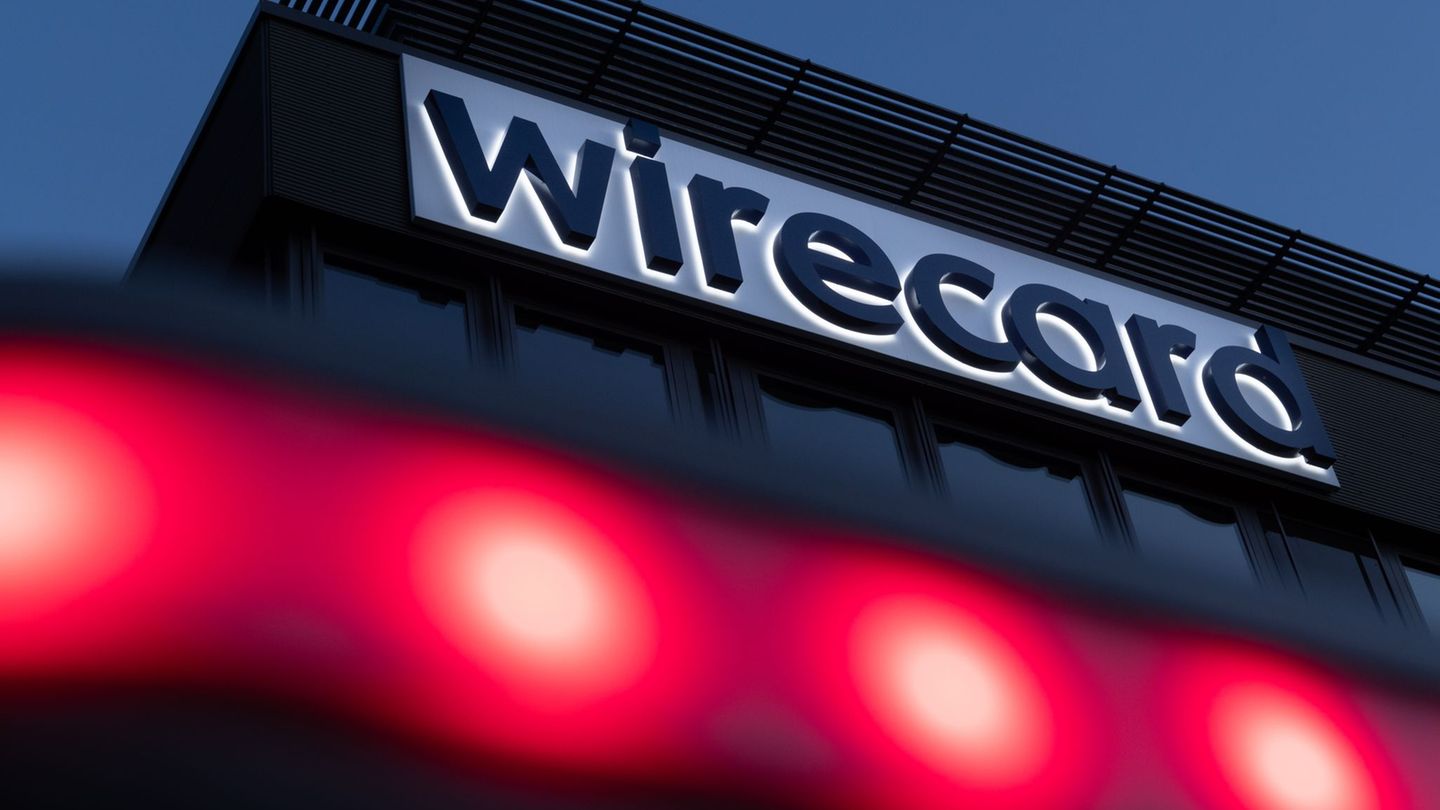“CoolSculpting” is supposed to make fat cells disappear with the help of cold. But apparently such an intervention went wrong with the former top model Linda Evangelista. The complication observed in her is known, but rare.
Canadian top model Linda Evangelista used to be an advertising face for well-known brands such as L’Oréal and graced magazine covers around the world – but recently things had become quiet around the now 56-year-old. Last week Evangelista named one reason for her involuntary break: an apparently botched beauty treatment.
She was “brutally disfigured,” writes the model on Instagram. “CoolSculpting”, a process that actually serves to shrink fat cells, has led to the opposite in her and enlarged the cells. Two corrective interventions apparently did not succeed either, it was “permanently deformed”. The former supermodel has sued the manufacturer of the device used for 50 million dollars, the equivalent of around 42.6 million euros in damages. Evangelista claims to have not been adequately informed about possible risks of the method.
“CoolSculpting” is also often used in beauty centers in Germany. The method is considered a gentler, non-surgical alternative to liposuction – but it is not without its risks. An overview of the most important information.
What exactly happens with “CoolSculpting”?
“CoolSculpting” is a special form of beauty treatment, also called cryolipolysis. It is based on the assumption that body fat under the skin can be damaged and reduced by the cold. To do this, the fat deposits are cooled down considerably with the aid of applicators that suck in the area to be treated. A gel cloth protects the skin. In the days and weeks after the treatment, the fat cells should be broken down and metabolized, and the silhouette should appear leaner or firmer after six weeks at the earliest. The fat layer usually recedes by around 20 to 25 percent.
What does a session cost?
A session usually lasts between 60 to 75 minutes. Usual rates start from around 250 euros per session and treated area. Several treatments are sometimes necessary.
When is the method used?
The method is used for stubborn, small to moderate fat accumulations that do not go away with exercise or a healthy diet. The procedure is best tried in the area of the abdomen or arms – however, the method is basically also used on other parts of the body, such as the chin, knee or armpits.
What are the risks?
The procedure can be painful. A slight feeling of pressure, stinging, tingling and burning sensation may occur at the treatment site during treatment. As a rule, however, an anesthetic is not required. There may be bruises after treatment. The treated area may also feel numb, swollen or reddened at times after the treatment. These side effects usually resolve within two weeks. Rare side effects are pain that sets in later, cold burns and breaks in the abdominal area, so-called hernias.
What happened in the case of Linda Evangelista?
The ex-top model claims to suffer from another rare but well-known side effect of the procedure – the so-called paradoxical adipose hyperplasia. It is estimated that it occurs in around 1 in 20,000 patients treated. In this case, the fatty tissue does not recede as hoped, but increases in size – the treatment thus has exactly the opposite effect. The side effect manifests itself as persistent swelling of the treatment site. It is unclear why the method rarely leads to hyperplasia.
What to do in case of hyperplasia
The complication can be treated with liposuction. The excess fat is sucked off. Apparently treatment in the case of Linda Evangelista did not lead to the desired result.
Are patients informed about possible side effects?
Yes, patients must be informed about the results to be achieved and the possible risks of the treatment before treatment. Written consent is given prior to treatment.
For which patients is “CoolSculpting” not suitable?
Classic contraindications include blood clotting disorders, circulatory disorders, a known sensitivity to cold and certain diseases of the nervous system or the skin. Pregnant and breastfeeding women are also not allowed to be treated with the method. The method is not recommended for the treatment of severe overweight and obesity. Also, in patients who have predominantly belly fat, good results can usually not be achieved.
Sources: /




